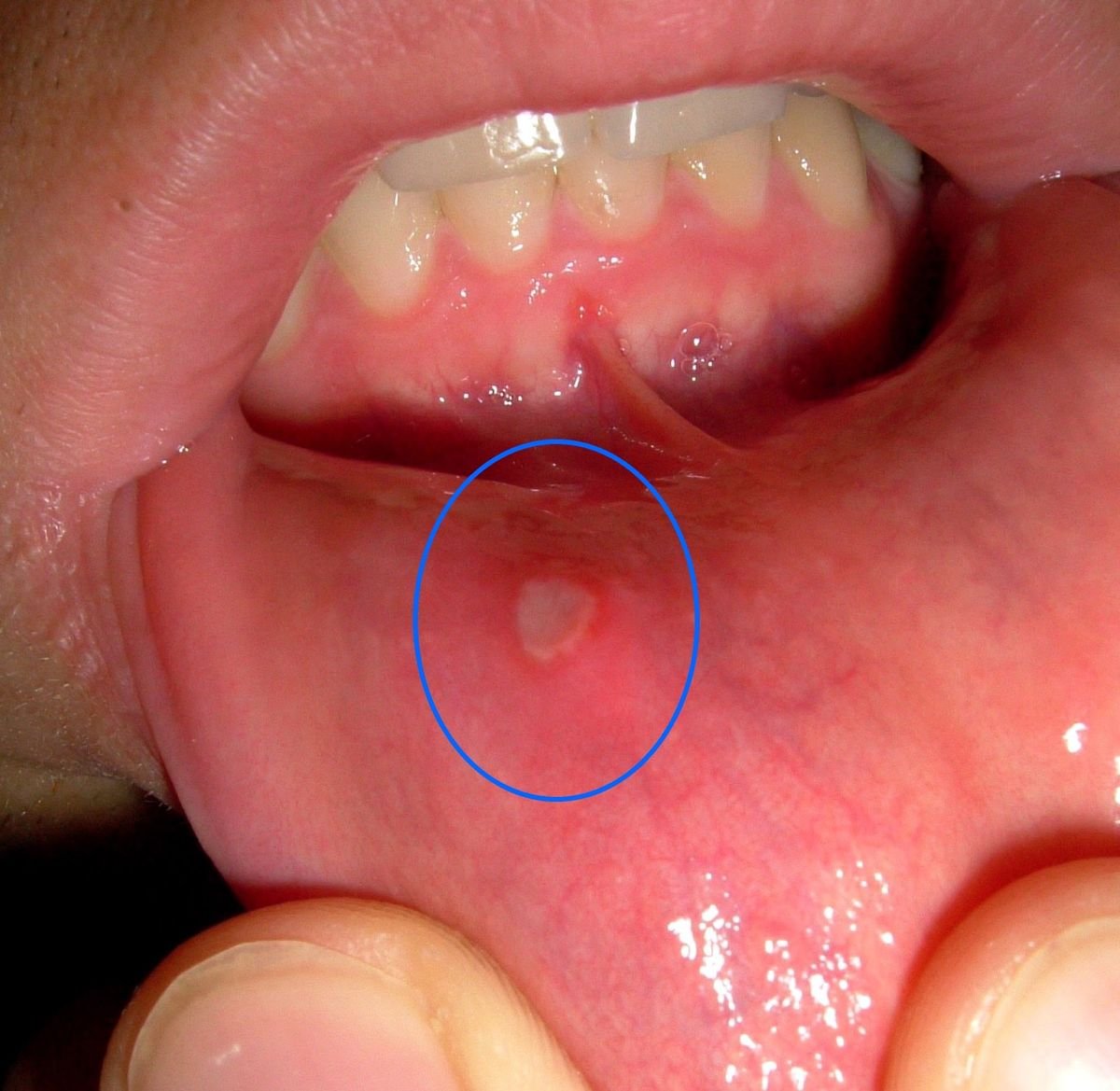A Canker sore is a painful ulcer that usually develops inside the mouth.
They can occur on the cheeks as well as the lips. While their cause isn’t known, there are a number of risk factors involved.
Most canker sores subside in a few days or weeks, depending on their size. Whatever the case may be, these painful sensations are hard to ignore. Hence, they demand proper treatment.
Below, we’re giving you a complete rundown about canker sores. From symptoms and treatment to prevention and more- here’s everything you need to know.

What is a canker sore?
Canker sores are commonly referred to as aphthous ulcers too. These little ulcers are open to their surroundings, producing painful sensations where they’re present. Canker sores are also the most common kind of mouth ulcers. Hence, they are usually seen inside the cheeks or the lip areas.
In terms of appearance, most canker sores vary in size and color. However, the majorities look white or yellow and are surrounded by red soft tissue.
Most mouth ulcers like canker sores aren’t contagious. Usually, they heal over a span of a few days, while some may take even weeks. The latter is true for larger and more serious canker sores.
Common signs and symptoms for a canker sore
Canker sores inside the mouth usually present with the following signs and symptoms:
- painful and red-colored areas
- tingling sensations
- small white or yellow-colored ulcers, usually oval-shaped
- fever
- difficulty eating or chewing, due to contact with the sore
- feelings of unwellness
- swollen or tender lymph nodes
How can you treat your canker sore?
While many canker sores subside on their own, others require treatment.point 408 |
After all, they are very painful.point 28 | Most treatment options revolve around lifestyle or habit changes.point 85 | 1
These include eating healthy, maintaining proper oral hygiene, and avoiding spicy foods. It always helps to eat soft and cold foods because they provide temporary relief in that area.
When pain is severe, you can lessen the discomfort by a number of means. This includes gargling with salt water rinses or mouthwashes.
Sometimes, over the counter, topical medicines make a significant difference. Some examples include the following:
- hydrogen peroxide-based mouth rinses (Orajel, Peroxyl)
- benzocaine (Orabase, Kank-A)
- fluocinonide (Vanos)
Hence, in severe cases, you can visit your physician. After proper examination, they can give you a customized treatment plan.
Easy home remedies to relieve the painful sensations
You can treat a canker sore at home with some simple home remedies.
- Pain can be relieved by icing the area or applying a small amount of mike of magnesia.point 70 | This will promote healing.point 93 |
- Rinse your mouth with a mix of one cup warm water and one tsp baking soda
- Applying honey on the affected area
Canker sore: unraveling the possible causes and associated risk factors
point 0 |
The risk for a canker sore increases when you have a strong family tendency.point 194 | As a result, that means aphthous ulcers occur frequently in your surroundings.point 261 |
At the same time, the most common causes include the following:point 53 | 1
- food allergies
- viral infections
- mouth injuries
- systemic or immune diseases
- stress
- menstrual cycle
- hormonal disbalance
- mineral and viral deficiencies
In particular, deficiencies of vitamin B3 (niacin), vitamin B9 (folic acid) and vitamin B12 (cobalamin) raise your risks of getting a canker sore. This includes deficiencies in calcium, iron, and zinc too.
Are cold sores and the canker sore similar?
A Cold sore is not a canker sore. However, they can be very similar. Cold sores aren’t restricted to the mouth area. Consequently, they usually occur outside the mouth, in the form of blisters.
Generally, a canker sore is a small ulcer that subsides with time. Also, in more severe cases, they don’t heal within three weeks. Hence, this is when you should visit your doctor.
